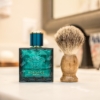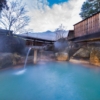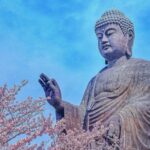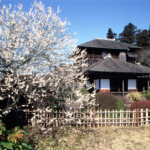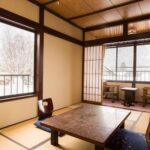Understanding Onsen Japan Rules: A Comprehensive Guide for First-Time Visitors
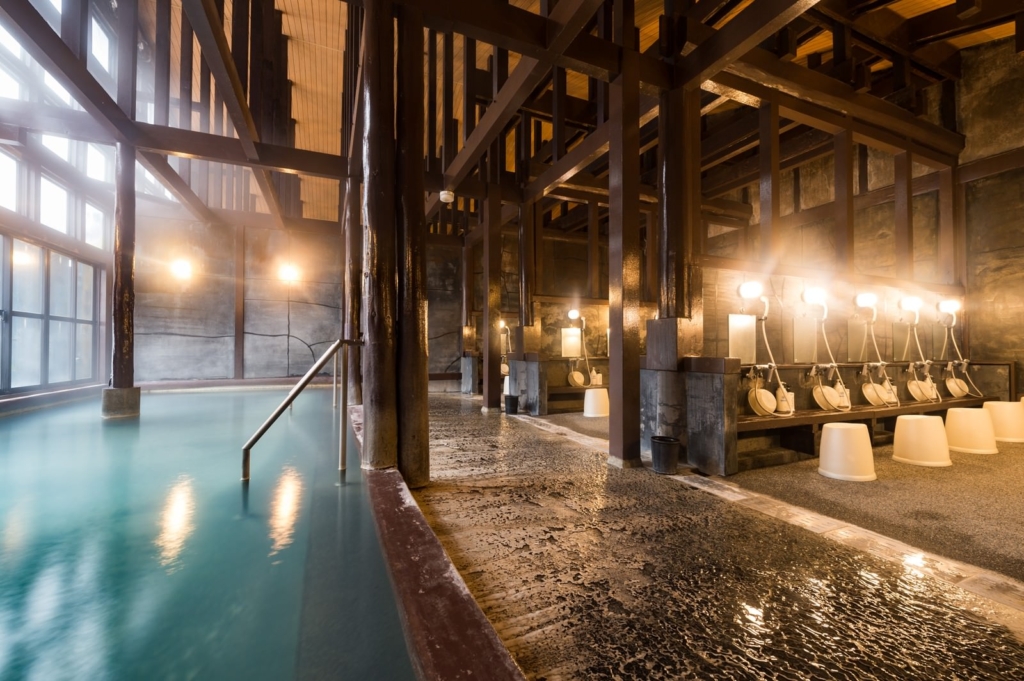
Sprinkled throughout the Japanese archipelago is a plethora of hot springs, gifted by the country’s abundant natural landscapes. For centuries, the Japanese people have woven the healing properties of these hot springs into the fabric of their daily lives. Immersing oneself in an onsen (温泉) allows the body to gradually warm up, unwind the strains and fatigue of the day, and achieve profound relaxation.
In Japan, the joy of soaking in hot springs transcends age and gender, enjoyed by all:
・Families on hot spring trips,
・Pensioners seeking therapeutic retreats,
・Businessmen unwinding post-meeting,
・Friends indulging in hot spring visits, dining, and sightseeing,
・Couples revelling in private baths.
There was a time when Japanese companies frequently offered employee trips (comfort trips), providing 1-2 night stays as a welfare benefit. However, this trend has significantly dwindled in recent times.
After a day of exploring temples, castles, and other tourist spots, or partaking in mountaineering, hiking, skiing, a dip in an onsen can send all that fatigue packing and allow you to relish in a relaxed state of mind.
If you visit Japan, we urge you to experience the country’s hot springs at least once. However, there are some simple etiquettes to follow when taking a dip in a Japanese hot spring.
What are the etiquettes for Japanese hot springs?
Keep Noise to a Minimum
Hot springs are places of relaxation. Talking loudly can potentially disturb other guests. Actions such as swimming, diving, or creating unnecessary splashes in the bath are considered bothersome and dangerous, and are therefore prohibited.
Personal Belongings
In most bath areas, bringing personal items (like shampoo or body soap) is prohibited. Most hot spring facilities provide towels (for drying and washing), shampoo, body soap, and conditioner.
Attention to Tattoos
Many hot spring facilities in Japan prohibit entry to individuals with tattoos. While in the West, tattoos are considered a form of fashion and many Japanese people also have them, they have historically been associated with yakuza (Japanese organized crime groups), causing some Japanese people to feel uneasy or fearful. Hot springs and pools are places where the general public seeks relaxation, and exposing tattoos in public places is generally considered to be avoided.
However, these rules vary by facility and, reflecting the increase in foreign tourists in recent years, there are more and more hot springs and pools that allow people with tattoos. These facilities understand that having a tattoo is not a problem and strive to make the hot springs enjoyable for as many people as possible. Nevertheless, not all facilities accept tattoos, so it’s recommended to check in advance.
Do you wear a swimsuit in Japanese hot springs?
If it’s your first time venturing into a Japanese hot spring, you might wonder what you should wear.
The answer, in most cases, is 'nothing at all’.
Yes, that means bathing in the nude. The Japanese onsen culture has been shaped through a long history deeply ingrained with the concepts of therapeutic bathing and spiritual purity. Bathing naked has a spiritual aspect of not just baring your body, but also baring your soul.
However, in large-scale facilities mainly located in tourist or resort areas, or in open-air baths that allow mixed bathing, swimsuit bathing is allowed to accommodate foreign tourists and families. Even in facilities where swimsuits are allowed, it is essential to thoroughly wash your body before bathing. It’s also important to ensure that the swimsuit is clean.
The entrance to the hot spring
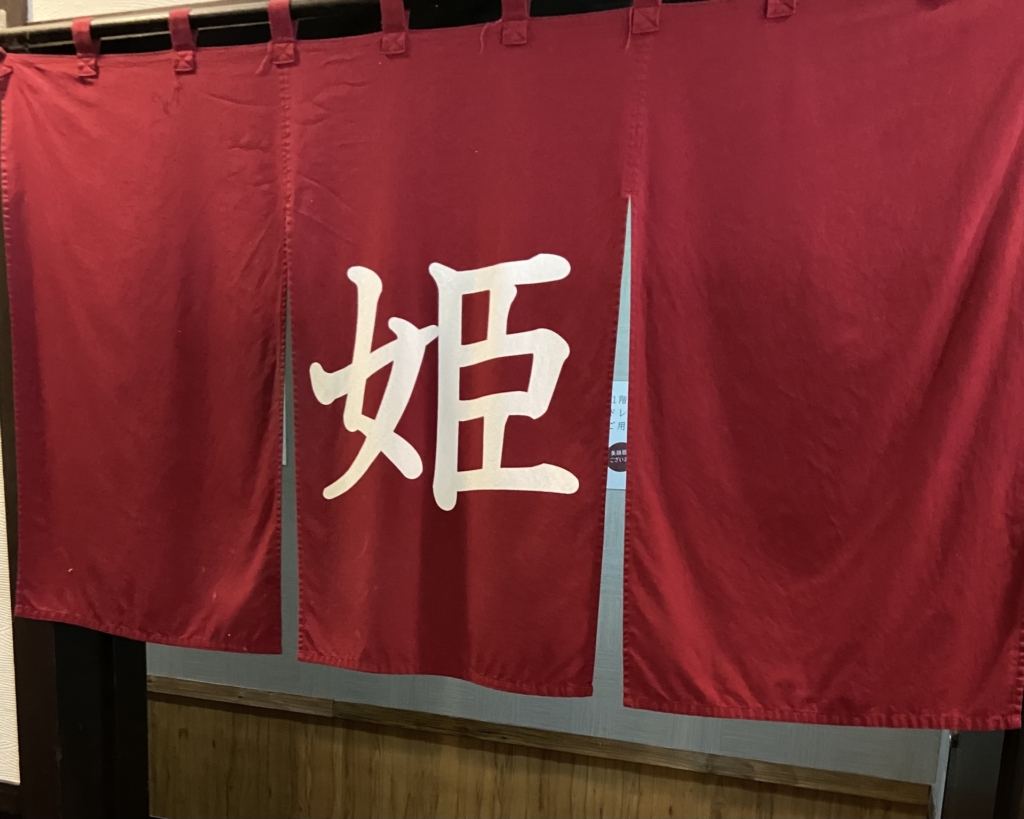
Most bathing areas have a noren (暖簾: short curtain) at the entrance. Each entrance is marked with the kanji characters for '男 (otoko: male)’ and '女 (onna: female)’, which is good to remember.
“Yu (湯)" means hot water.
Men’s noren are often bluish in color and are usually labeled “男" as well as “男湯 (otoko-yu)," “殿方 (tonogata: gentlemen)," and “殿 (tono: lord)."
Women’s noren are often pink or reddish in color and are often labeled “女" as well as “女湯 (onna-yu), “婦人 (fujin: ladies)," or “姫 (hime: princess)."
In the case of small inns, there may be only one bathroom. In this case, the available times for men and women will be clearly marked.
The changing area of the hot spring
After passing through the noren, you will find the changing area. Look for an empty basket or locker to place your change of clothes and towel. (If only baskets are available instead of lockers, it goes without saying that you should not bring valuables into the bath area.)
Into the Onsen
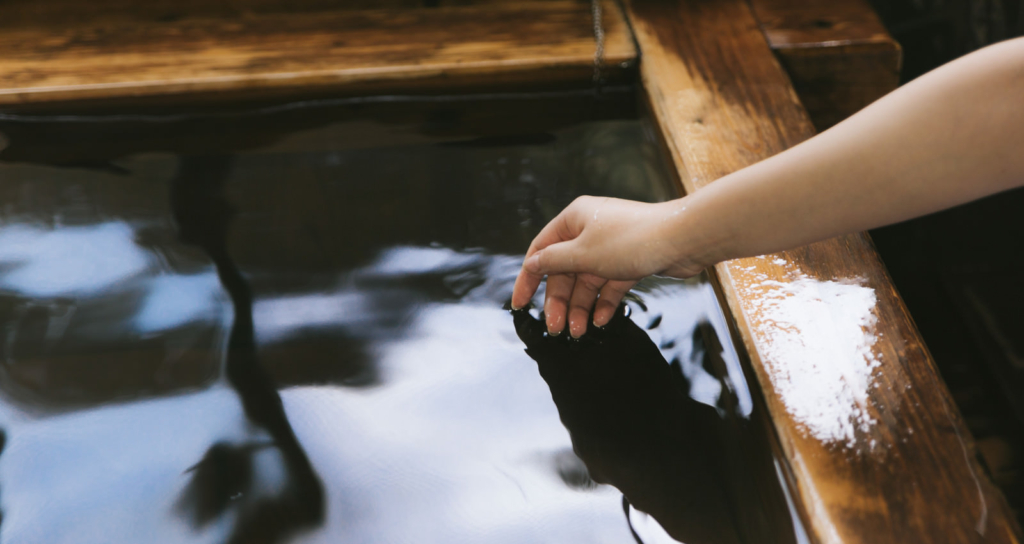
Then, you’ll take only a small towel that’s usually provided at the hot springs or ryokan, and head into the bathing area. This small towel can be utilized in many ways, such as for washing your body and covering yourself when moving around the washing area. (“Isn’t it a bit small to cover the body?" you might ask.)
Since the bathwater in a public bath is shared by all, everyone must ensure that the shared water stays clean. Therefore, there is something you must do before entering the bath.
That is to thoroughly wash your body.
Once in the washing area, you’ll find showers and taps in a line. Find an unoccupied shower, sit down, and use the small towel to wash your body. Afterward, rinse off all the soap and shampoo from your body.
Once you’re done with the shower, quickly rinse off the foam from your area for the next person and then proceed to the bath.
Do not enter the water with a dirty body, sweaty body, or a body covered in suds. The water in the bathtub is not for washing the body but for warming and relaxing it.
Leave the small towel outside the bathtub. Under no circumstances should you immerse this towel in the bath, no matter how well you’ve rinsed it. Some people place their folded towel on their heads, but even in this case, make sure that it does not slip into the bath.
Before returning to the changing area from the bathtub, it’s recommended to wipe off most of the water from your body with your small towel to prevent the changing area from getting soaked.
Back to the changing area
When moving from the washing area to the bathtub, or from the bathtub to the changing area, be careful as the floor can be slippery.
When using the hot springs, it’s important to keep these points in mind and to respect the other users. Additionally, each facility might have its own set of rules or etiquette. If you’re unsure about anything, it’s recommended that you ask the staff.

